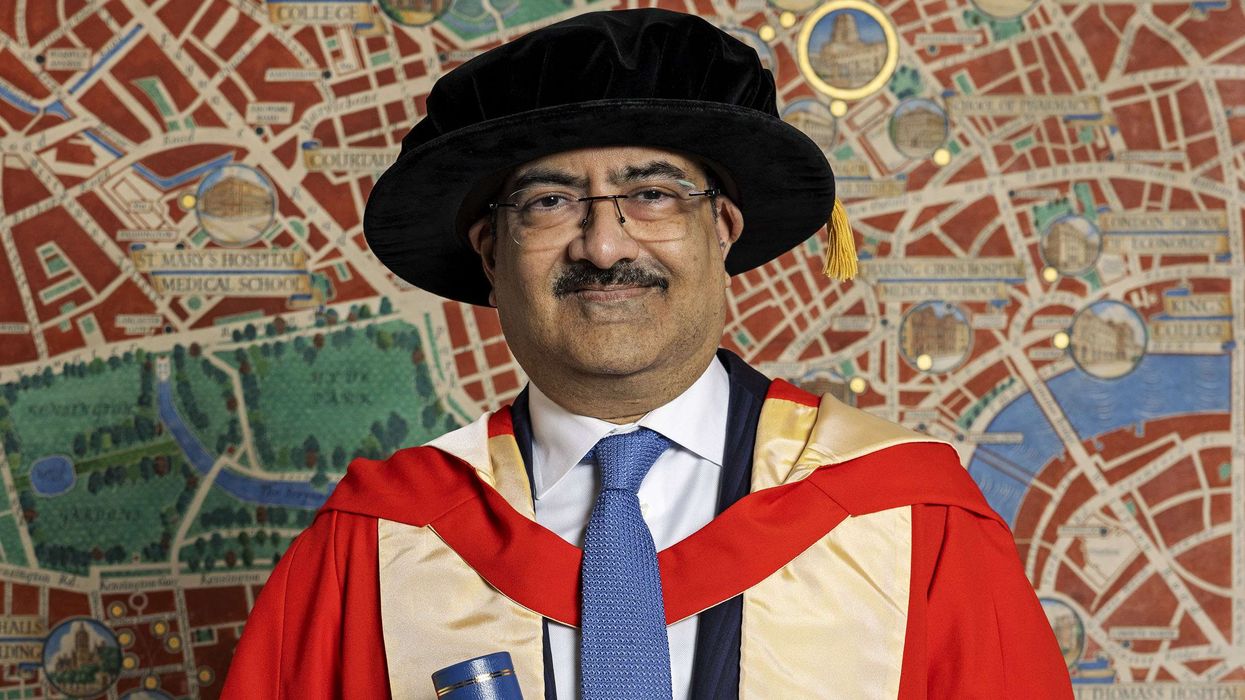by AMIT ROY
THE Daily Telegraph journalist who tracked down Nirav Modi to an apartment in the Centre Point building next to Tottenham Court Road Tube station in London has spoken at length about the runaway diamond jeweller who has become a big election issue in India.
In his reports, Mick Brown revealed that Modi had resumed his diamond business from an office in Soho, even though he was wanted back in India on a charge of fraudulently obtaining guarantees totalling £1.5 billion from the Punjab National Bank (PNB).
The paper uploaded footage of Brown asking Modi a number of questions, such as, “Have you applied for political asylum?”, all met with, “No comment.”
This has been viewed widely in India, with Rahul Gandhi’s Congress and other opposition parties alleging that prime minister Narendra Modi’s Bharatiya Janata Party-led government was somehow complicit in the jeweller’s financial wheeling and dealing. They accuse officials of later not doing enough to bring him back after he had fled India in January 2018.
Brown revealed that after the paper had found the jeweller in London, The Daily Telegraph approached Indian government sources for a response before going to press, but got none.
This might partly explain why Brown was not prepared for the political fallout in India after his story was published.
“No, I was completely taken aback by the reaction in India,” he admitted.
Incidentally, it was the paper’s fashion desk which supplied the detail that Modi was wearing an ostrich hide jacket costing £10,000.
Brown remains bemused by the political storm triggered by his story: “It’s been staggering. I had no idea that it would be such a big story in India. I had no anticipation of that.”
In London, the Serious Fraud Office will not discuss Modi and nor will the Home Office confirm whether the jeweller has applied for political asylum. The Department for Work and Pensions also will not comment on the Telegraph’s assertion that Modi has obtained a work permit.
Brown talked of the sequence of events that led to the discovery that Modi was living in London, although there had been sightings of him in other capitals.
He was asked last year to write a piece about Modi by Sasha Slater, head of the Telegraph Magazine and its various supplements, including one focused on “luxury”.
“She came to me and said, ‘Wouldn’t be it be interesting to write about this guy, Nirav Modi?’ and my first question was, ‘Who?’”
As an author, Brown has travelled widely in India and written a number of books on Buddhism and Indian spirituality. His about-to-be published new book is “a social, marital history of the West’s love affair with Indian religion”.
In his long article on Modi which appeared in December last year, Brown pinpointed: “The most intriguing thing about Modi is how he was able, by a mixture of big spending, shrewd marketing and celebrity association, to mount an assault on the traditionally conservative and tightly knit world of luxury jewellery in the West, and establish himself so rapidly... For his American launch, he employed one of New York’s biggest PR companies, M&C Saatchi.”
Modi had opened stores in many cities, including one in Old Bond Street in Mayfair.
Celebrities had either worn Modi’s diamonds, especially at the Oscars, or had appeared at his launch events.
Brown’s article was studded with celebrity names, from supermodels Rosie Huntington-Whiteley (“she’s huge”), Karlie Kloss and Andreea Diaconu to actresses Kate Winslet, Naomi Watts, Taraji P Henson and Lisa Haydon, veteran photographer Peter Lindbergh and Donald Trump Jr. In November 2017, Modi was photographed shaking hands with Prince Charles in India.
However, once Modi was wanted back in India and the brand had turned toxic, no one, including Priyanka Chopra Jonas’s PR, returned Brown’s calls.
“It sort of led me to think, this is kind of interesting. This guy is running around in London – if he’s in London, how come he’s still here, why is he still here, and on what sort of basis is he living here? That then forced us to start asking questions.”
The paper deployed a team of five: “There was myself; Robert Mendick, chief reporter with high-level contacts (‘it’s as much his story as mine’); a couple of photographers; and a videographer.
“We had to obviously establish beyond a shadow of doubt we could identify the right individual. That involved old-fashioned methods of staking him out. Once we had sight of him, then establishing his movements, we could finally confront him, which is what I did.”
Brown recalled the moment he “tapped” Modi on the shoulder: “He went into instant defence mode. He was very shocked and very taken aback, and you could see him struggling to compose himself. Then he started to walk away, and so the natural thing to do was to fall into step beside him, with the videographer beside me.
“There was nowhere for him to go. He walked up to Oxford Street and he was obviously looking for a taxi – you can’t get a taxi in Oxford Street at lunchtime. He looked rather at a loss.”
Brown was polite with Modi: “Before we started the film, I said to him, ‘I don’t wish to embarrass you on the streets. Shall we go back to your office? We can talk quietly there.’ If I had been more abrasive or more interrogative, perhaps I would have got more out of him, but I don’t think he was going to say anything.”
As for Modi’s qualities as a jeweller, Brown said: “Clearly, he was a very gifted jeweller. What excited people in the jewellery world was this fusion of east and west. I don’t think there’s ever been an Indian jeweller who’s taken the west by storm in quite the way he did.
“The man who once boasted that nobody in Mumbai knew who he was is now the man that nobody anywhere wants to admit to having known,” he concluded.












